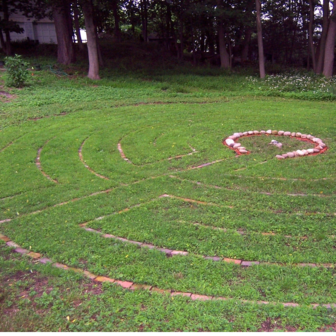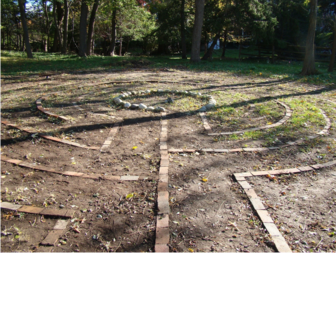It’s not just a movie with David Bowie. While entertaining, some might consider the movie to be miss-titled, as the so-called labyrinth is actually a maze.
Although “labyrinth” and “maze” are often used interchangeably, a maze is multicursal, with multiple paths and dead ends. A maze is a puzzle.
In contrast, a labyrinth is unicursal, with a single path leading in and out, though the path may be quite intricate, with many switchbacks that encourage focus.
According to some sources, the oldest mention of a labyrinth in recorded history is from Herodotus, who wrote of his visit to the now lost Egyptian Labyrinth in the 5th Century B.C. But labyrinths (and mazes) have mentions even more ancient than that, figuring prominently in Greek mythology.
Evidence of labyrinths exists not just in Greece and Egypt, but throughout the world, including Africa, the Americas, Australia, India, Indonesia, Nepal and Russia. Labyrinth patterns have been found on ancient coins, pottery and baskets and carved on the walls of caves.
In medieval times, labyrinths found their way onto the walls, floors and grounds of cathedrals and churches. At the same time, turf mazes became popular in the British Isles, and myriad stone labyrinths were built in coastal Scandavia.
No one is really sure what labyrinths were used for, but speculation includes that they were patterns for sacred dances used in ancient rituals, and, in the case of coastal labyrinths, that they were traps for evil spirits, who could get in but not out again.



